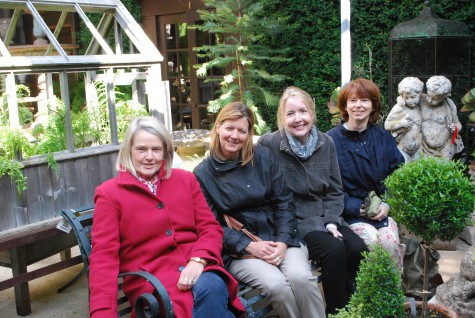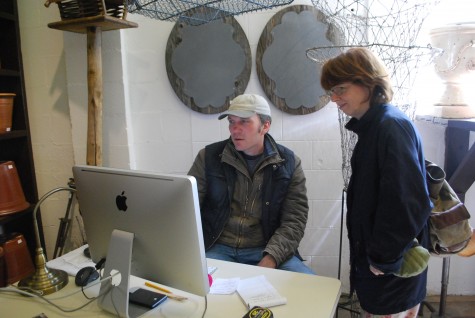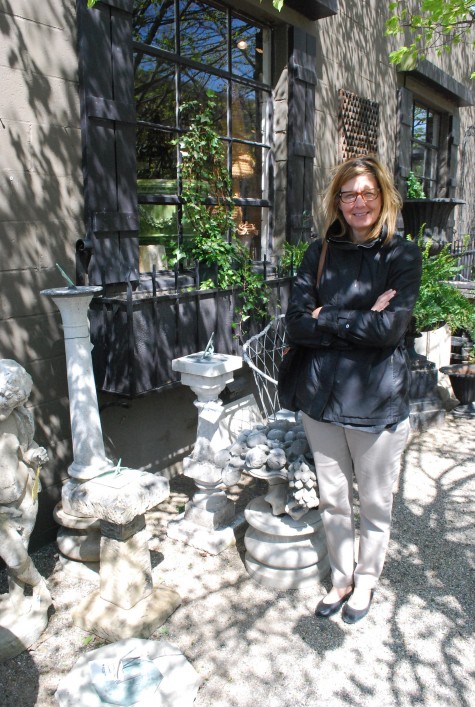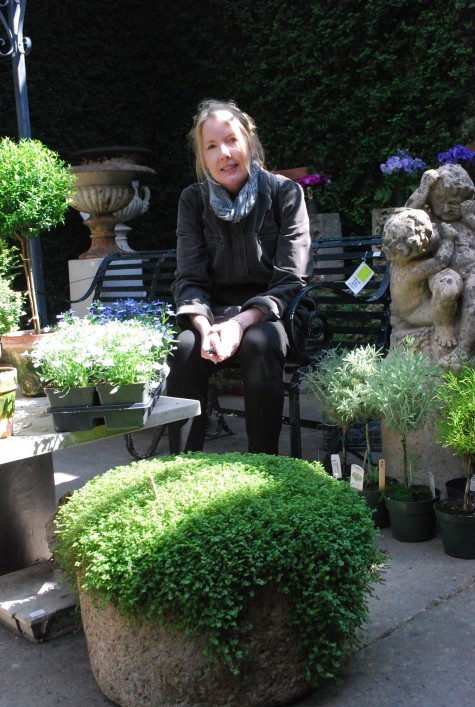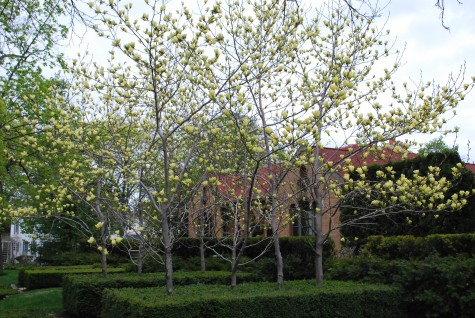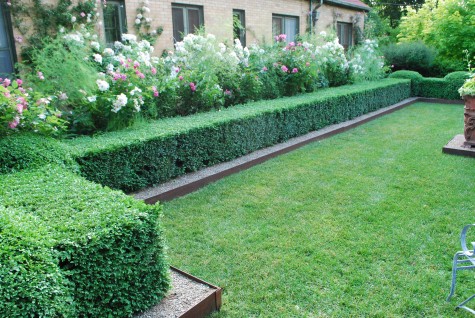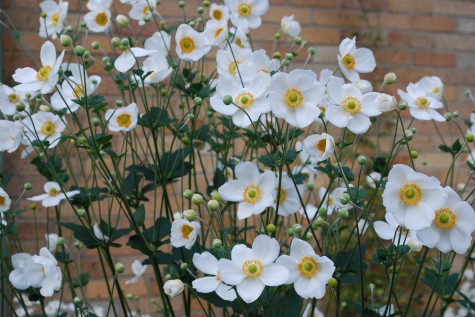For several days I have been fretting about this blog post. This particular blog post-my thousanth. What would I write about? Granted this blog is a journal of sorts, about the day to day, or what is on my mind. Or some design issue or plant I think might be of interest. But should the thousanth post not be special? I had been fretting about it for going on a week, until I had an email from Gretchen. Second from the left in this picture, she wrote that she had been reading the blog for a long time, and had even gone back to read every post all the way back to the beginning in April of 2009. I was astonished that she had read just as many posts as I had written. She wanted to tell me that she and 3 gardening friends had decided on the basis of that reading to come and visit the shop. They would be travelling from Winnetka, Illinois-would I be available to meet them?
Of course we would meet them. I gave them a tour of both the front and the back of the house. They looked over my library. We exchanged thoughts about favorite gardening books. Anne asked if I knew the plant the English call cowslips. I had Rob look up hogweed-it is indeed the same plant. How is it that a plant could have such a graceful common name in one gardening world, and such a threatening one in another? Where gardening is concerned, there is always a lot to talk about.
 This Chicago group of four entertained themselves-and all of us-for better than three hours. I am sure they went through the entire place at least three times. Sue kept reminding everyone that they had plenty of room for anything they wanted to take home with them. There was a lot of discussion about who liked what and why. I was interested in what everyone liked the best.
This Chicago group of four entertained themselves-and all of us-for better than three hours. I am sure they went through the entire place at least three times. Sue kept reminding everyone that they had plenty of room for anything they wanted to take home with them. There was a lot of discussion about who liked what and why. I was interested in what everyone liked the best.
Gretchen was especially fond of the sundials-I have the feeling she is very serious and passionate about the garden. I told her I was having trouble picking a topic for that thousanth post. She immediately suggested I write about their visit. I loved the idea. I did not know why, until I had some time to think about her suggestion.
Measuring up in writing, or second hand-a ridiculous endeavor. My most favorite actor-Donald Southerland. He measures up, via his films. Would I like him if I knew him personally? Maybe, or maybe not. But every design relationship depends on what happens, face to face. One gardener to another. Is it possible to forge a relationship over a pot full of baby tears? This pot-Margery’s favorite. Subsequent to meeting her in person, I would say yes.
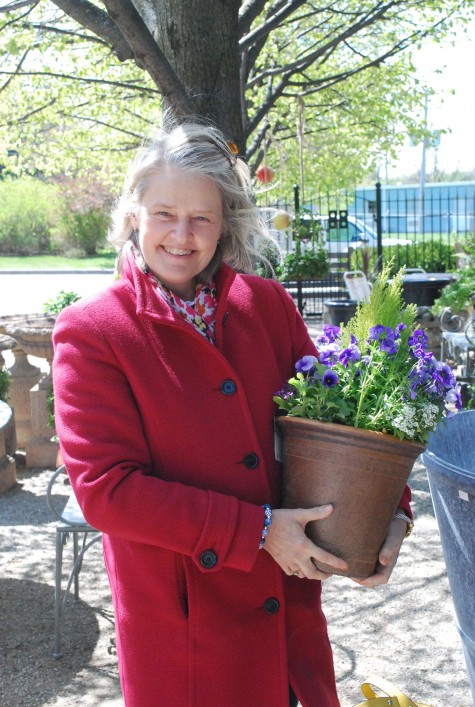
Another favorite-the salt glazed Errington Ray pots with lemon cypress, violas and white alyssum. This Chicago gardener spoke for three of them. I liked her choice. All four of them put me instantly at ease. It was as if we knew each other. In a way, we do know each other. Via the writing. And now, there is the face to face. Did I arrange that? No. They got in their car, and came over. They made a big effort to get to me. They thanked me for the big effort I have made to get to them.
Gardeners come from lots of zones, states, countries and communities. I have yet to meet a gardener that did not interest me. They have stories to tell, interests. Those relationships enrich my gardening life. There are so many common bonds. The plants. The weather. The design. The seasons. The dirt.
Each member of this group has a life to which I am not privy. But we have lots in common, given that each of us gardens. There are new relationships there-given our face to face meeting. Now I know the names, and have seen the faces of a few of the people who read what I write. As for the thousanth post, I realize it is not the writing that deserves any attention on the occasion of the thousanth post. What matters the most are those gardening people who are reading. I understood from Gretchen that no one writes without asking for a reader. She is right-I did ask her to read. Everyone who reads this blog inspires me to write. Many thanks to all of you. And special thanks to you Gretchen. I am so very pleased to have met you. And I am especially appreciative that you designed this post for me.
